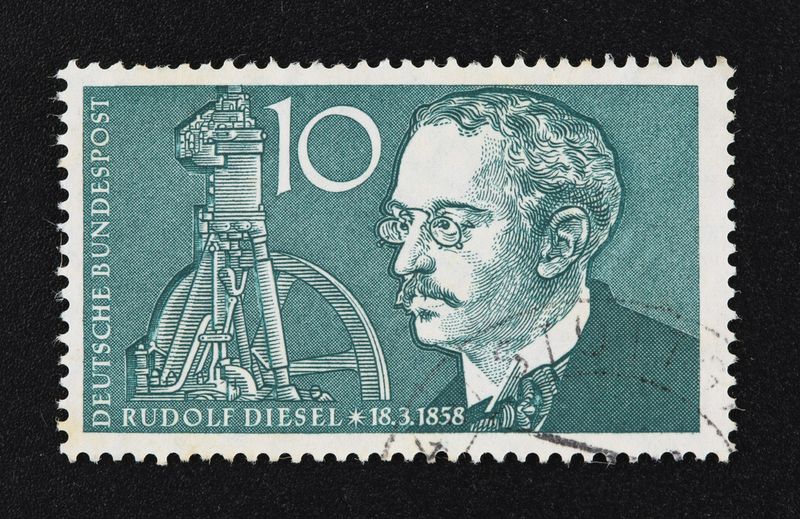Rudolf Diesel, born in Paris on March 18, 1858, invented the pressure-ignited heat engine known as the diesel engine. He started working as an engineer for the Linde Ice Machine Company in Paris after graduating from Munich Polytechnic and relocated to Germany in 1890 to run the company's technical office. However, his love for engine design was always on his mind. In his spare time, Rudolf worked on a concept for an efficient thermal engine, creating a design by 1892 and receiving a patent in 1893.

Rudolf’s design intended for more efficiency than was previously attainable with current engines. The internal mixing of fuel and air in the diesel engine does not need an externally supplied ignition. Rather, this is achieved by compressing and heating the air within the cylinder such that the fuel, which comes into contact with the air right before the compression phase ends, will ignite on its own. As a consequence, the diesel engine would be lighter and smaller than the typical engine used in most road cars.
Rudolf wanted to see his vision realized as a solid operating machine. He used the help of top-notch machine makers to achieve this. He was eventually commissioned to build a test engine and finished a prototype in 1893. Early experiments were perilous, and one of Rudolf’s engines almost exploded, nearly killing him. However, this test demonstrated that gasoline may be ignited without the need for a spark.
Rudolf became a very wealthy guy by 1894. His engine, which had a theoretical efficiency of 75% was used in boats, power vehicles, and trucks. It was also utilized to power mines, manufacturing, and oil fields. Even today's diesel engines are built on the original idea of Rudolf.
During the Industrial Revolution, the diesel engine had a significant influence, supplying power more efficiently and hence at a lower cost to a wide range of enterprises all over the globe. Because its usage did not need the use of coal, railway transportation, and shipping businesses were able to save a significant amount of money. Rudolf vanished from a vessel on way to London on September 29, 1913. Days later, his corpse was discovered on the beach.